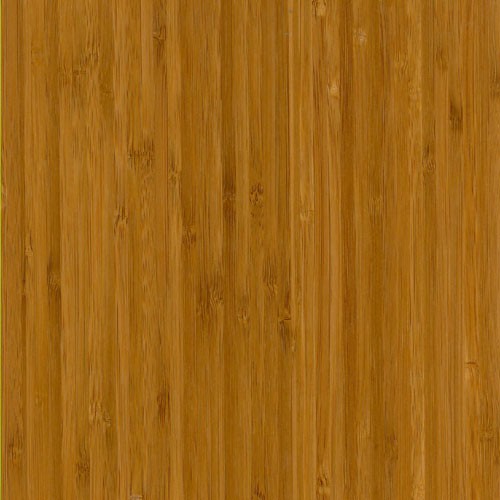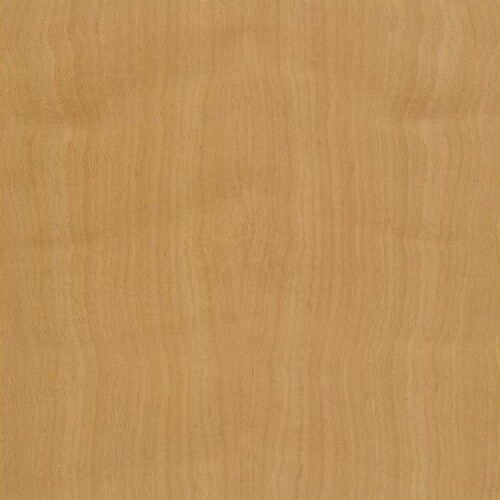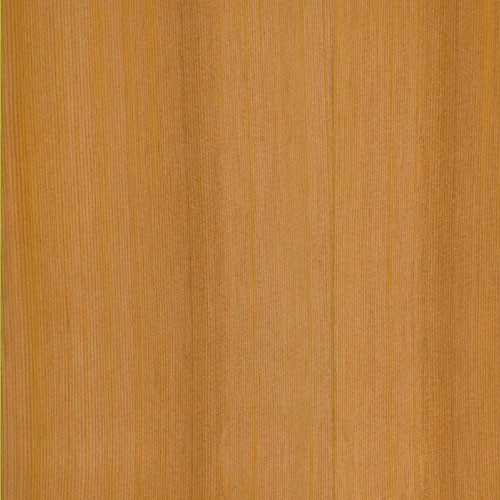Butternut
[Juglans cinerea]
One of North America’s most beautiful timbers, the native distribution of Butternut stretches from New Brunswick, Canada, west to Minnesota, and as far south as northern Alabama and Arkansas.
Closely related to Black Walnut, the overall color of Butternut is lighter than any other species in the Walnut family — the reason it’s sometimes called “White Walnut.”
The actual fruit, “Butternuts,” are edible and were commonly made into a butter-like oil by North American indigenous people that they used for many things, including ceremonial oils for anointing the head. The bark and nuts of Butternut are still used today to dye clothing light yellow and dark brown colors, and the sap can be used to make syrup.
Though less prized than Black Walnut, Butternut wood is light, stable, and easy to work. But its most impressive quality is its attractive combination of color and grain.
Overall, a warm buttery tan color that’s lighter than any other species in the Walnut family, Butternut offers perfectly contrasted tones between its light, creamy sapwood and beautiful, light brown pastel heartwood. While the grain is typically straight, it can be slightly wavy. With a medium to coarse texture.
Extremely versatile and attractive, Butternut is a popular choice for wood veneer sheets, custom plywood, furniture, interior trim, decorative objects, boxes, and crates.
Scientific Name:
Juglans cinerea
Species Distribution :
North Central United States
Eastern United States
Southeastern Canada
Common / Alternative Names:
White Walnut
Sustainability Status:
CITES Appendices: Not listed
IUCN Red List of Threatened Species: Not listed
Related Species:
Bastogne Walnut (Juglans x paradox)
Black Walnut (Juglans nigra)
Claro Walnut (Juglans hindsii)
English Walnut (Juglans regia)
Peruvian Walnut (Juglans spp.)









